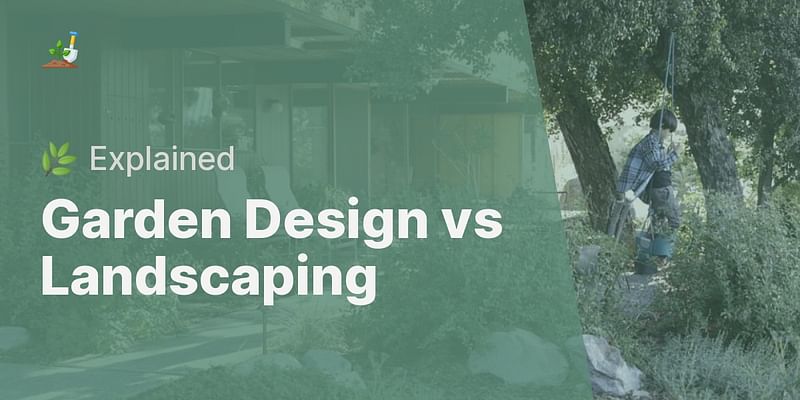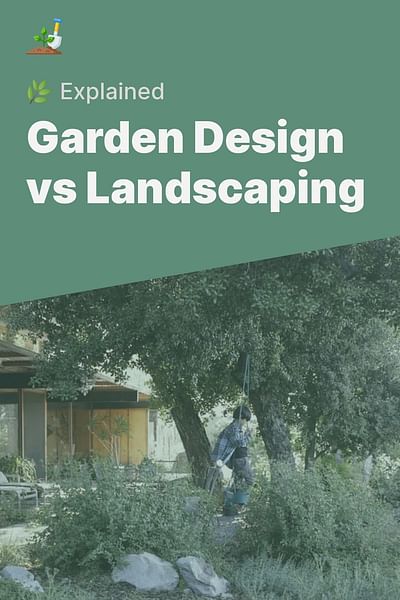Randall is an expert in landscape architecture, focusing on the delicate balance between aesthetics and functionality in outdoor spaces. His belief that a well-constructed garden can elevate the charm of a home and serve as a sanctuary from daily stressors underpins his design philosophy. His wealth of knowledge and experience allows him to create harmonious natural spaces that blend seamlessly with their surroundings.
Answer:
No, garden design and landscaping are not the same thing, although they are closely related. Let me explain the difference to you.
Garden design is the process of planning and creating a beautiful and functional outdoor space. It involves considering various elements such as the layout, plant selection, hardscape features, and overall aesthetics. A well-designed garden takes into account the homeowner's preferences, the site's characteristics, and the desired functionality of the space. It is like creating a work of art that harmonizes with the surrounding environment.
On the other hand, landscaping refers to the implementation and construction of the garden design plan. It involves tasks such as site preparation, soil improvement, planting, building structures like pathways or retaining walls, and installing irrigation systems. Landscaping brings the garden design to life and transforms it from a concept into a tangible and functional outdoor space.
While garden design focuses on the creative and artistic aspects of planning a garden, landscaping is more about the practical and technical aspects of executing the design. Both are essential for creating a beautiful and sustainable garden.
When it comes to creating a garden that attracts wildlife, such as pollinators and birds, both garden design and landscaping play a crucial role. By incorporating native plants and creating habitats that support local ecosystems, you can create a backyard oasis that not only enhances the beauty of your home but also provides a haven for wildlife.
To attract pollinators like bees and butterflies, consider planting a variety of native flowers that provide nectar and pollen throughout the growing season. Some popular choices include lavender, coneflowers, bee balm, and milkweed. These plants not only add color and beauty to your garden but also serve as a food source for pollinators.
For bird-friendly garden design, incorporate trees and shrubs that provide shelter, nesting sites, and food sources such as berries or seeds. Native plants like dogwood, serviceberry, and elderberry are excellent choices for attracting birds to your garden.
In addition to plant selection, consider adding features like bird feeders, bird baths, and nesting boxes to further enhance the wildlife-friendly environment in your garden. These additions provide additional food and water sources, as well as safe spaces for birds to rest and raise their young.
Remember, creating a wildlife-friendly garden is not only beneficial for the environment but also brings joy and tranquility to your outdoor space. So, whether you are starting from scratch or looking to enhance your existing garden, consider incorporating elements of garden design and landscaping to create a beautiful and sustainable haven for wildlife in your backyard.
Keywords: garden design, landscaping, attracting wildlife to your garden, native plants, sustainable garden, pollinator-friendly gardens, bird-friendly garden design, wildlife habitats, garden aesthetics, garden functionality, native flowers, pollinator plants, bird-friendly plants, wildlife-friendly environment














